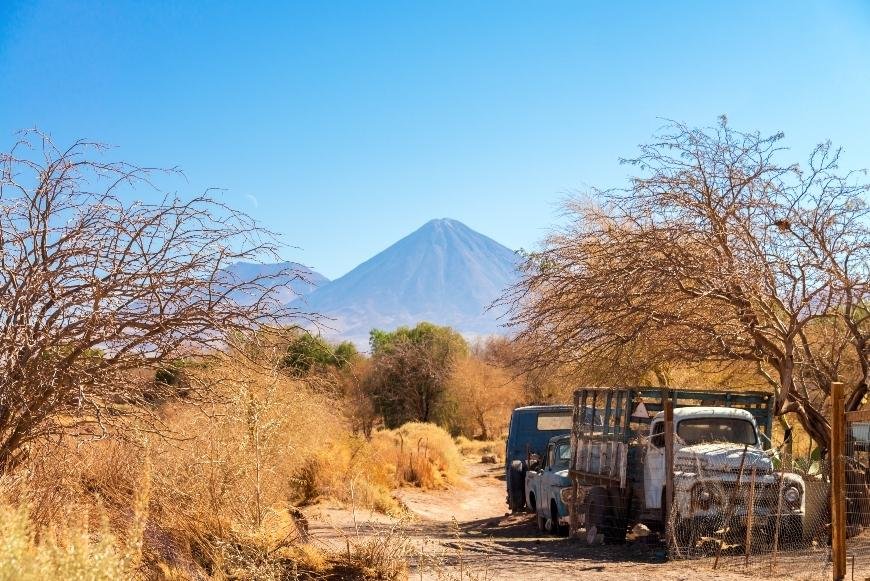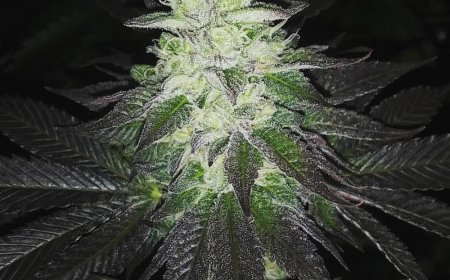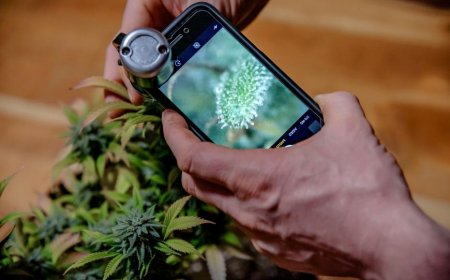How to Use San Pedro?
Learn how to use San Pedro with our beginner's guide, covering preparation, consumption techniques, and the cactus's effects.

How to use San Pedro? This fascinating cactus has been used for centuries in traditional ceremonies and as a powerful entheogen. In this blog post, we'll delve into the various methods of consuming San Pedro and its effects on the mind and body.
As you read through our guide on how to use San Pedro, you'll discover different preparation techniques that will help unlock its full potential. From oral consumption to vaping, making tea or even creating an extract – each method offers unique benefits and experiences.
Join us as we explore the mystical world of San Pedro cactus, its rich history, spiritual significance, and modern-day applications. By understanding how to properly utilize this sacred plant, you can embark on a transformative journey towards self-discovery and personal growth.
Table of Contents:
- What is San Pedro?
- How to Prepare San Pedro for Consumption
- Effects of Consuming San Pedro
- Conclusion
1. What is San Pedro?

San Pedro is a cactus that grows in the Andes Mountains and has been used for thousands of years by indigenous people for its psychoactive and medicinal properties.
San Pedro contains mescaline, a potent psychedelic substance that can generate intense visuals and auditory hallucinations, modify awareness, and provide profound spiritual encounters.
Traditionally, San Pedro has been used in shamanic healing ceremonies to connect with the spirit world or divine guidance, and it has potential therapeutic benefits such as alleviating anxiety and depression symptoms or fostering personal growth through introspection.
However, it's important to approach any psychedelic substance responsibly and prioritize safety first.
In this blog post series, we'll cover various methods of consuming San Pedro safely at home or under professional supervision, including oral consumption via capsules or tea brewing, vaping for microdosing purposes, and preparing your own extracts from raw materials.
In the following posts, we'll explore how San Pedro affects one's mental, physical and spiritual state as well as strategies to manage any adverse reactions that may arise during your journey of self-exploration.
Stay tuned for more information.
How to Prepare San Pedro for Consumption
Preparing San Pedro for consumption is simple, but safety is key - always get your cactus from a reputable source.
First, remove the spines and skin with a sharp knife, then slice into thin strips or small cubes.
- Drying: Dry in sunlight or low heat (50°C/120°F) until dehydrated, then grind into powder form using a coffee grinder or blender.
- Cooking: Cook fresh pieces in water over low heat for several hours until soft, then strain out solid materials while retaining liquid content containing mescaline.
Remember, San Pedro contains mescaline, so proper dosage is crucial - start with lower doses (10-15g of dried cactus or equivalent) and gradually increase based on individual tolerance levels.
Consume in a comfortable setting with trusted friends or experienced guides present for support.
Oral Consumption of San Pedro
Get ready for a wild ride with San Pedro - the cactus that can take you on a spiritual journey. Cut off a small piece, remove the spines and skin, chop up the soft inner flesh, and blend it into a paste-like consistency to consume orally.
- Dosage: A typical dose ranges from 20-50 grams of dried cactus material, which contains approximately 300-700 mg of mescaline.
- Onset: Effects usually begin within an hour after ingestion.
- Duration: A San Pedro trip typically lasts between 8-15 hours.
Remember to have an experienced trip sitter present during your first time using San Pedro and start with a lower dose before gradually increasing it over multiple sessions if desired.
While oral consumption of San Pedro is generally considered safe when done responsibly, some individuals may experience nausea or vomiting during the initial stages of their trip. Potential adverse reactions may involve augmented heart rate, lightheadedness, nervousness, and suspicion - particularly with greater dosages or in delicate people.
Proper preparation and responsible use are crucial factors in ensuring a positive experience. Always prioritize your well-being by adhering to dosage guidelines and taking necessary precautions throughout your journey.
Vaping San Pedro
Vaping San Pedro may seem like a trendy way to consume it, but it's not the most effective method for experiencing its full effects.
Traditional methods like oral ingestion or making a tea from the cactus are more common and safer ways to consume San Pedro.
If you're still interested in vaping San Pedro for microdosing purposes, take precautions like ensuring quality control, accurate dosing, and using safety equipment.
Given the lack of research on this method, vaping San Pedro is not recommended.
Stick with tried-and-true methods like oral ingestion or preparing a tea from the cactus plant, which Erowid provides detailed information on.
How to Make San Pedro Tea
San Pedro tea is a popular way to consume this powerful cactus in a controlled and enjoyable manner.
Cut the cactus into small chunks, add water and lemon juice, then simmer for three hours before straining through cheesecloth.
Strain the liquid through cheesecloth and add sweeteners to taste.
Remember to start with a low dose and never mix San Pedro with other substances or medications without consulting a healthcare professional first.
Effects of Consuming San Pedro

San Pedro, a cactus containing mescaline, has been used for centuries in traditional healing and spiritual practices, but it's important to understand the effects before consuming it.
Positive Effects:
- Feelings of happiness and well-being
- Increase in empathy and connection to others
- Vivid visuals, brighter colors, intricate patterns, and objects appearing to move or change shape
- Potential for profound spiritual experiences and personal growth
Negative Effects:
- Common gastrointestinal discomfort, including nausea and vomiting during onset
- Potential for heightened anxiety levels or paranoia if not mentally prepared beforehand
It is essential to take a measured and respectful approach when considering San Pedro, being mindful of the potential rewards and hazards. Research suggests that it may have therapeutic potential for treating certain mental health conditions, but it should only be consumed under the guidance of a trained professional.
Conclusion
Ready to explore the world of San Pedro? Here's what you need to know:
- San Pedro is a cactus that contains mescaline, a psychedelic compound.
- It can be consumed orally, vaped, or made into tea.
- Proper preparation is key to a safe and enjoyable experience.
- Be aware of the potential risks and approach with caution.
- Research beforehand and use responsibly and in moderation.
- San Pedro can offer a unique and enlightening experience when used properly.






































































































































